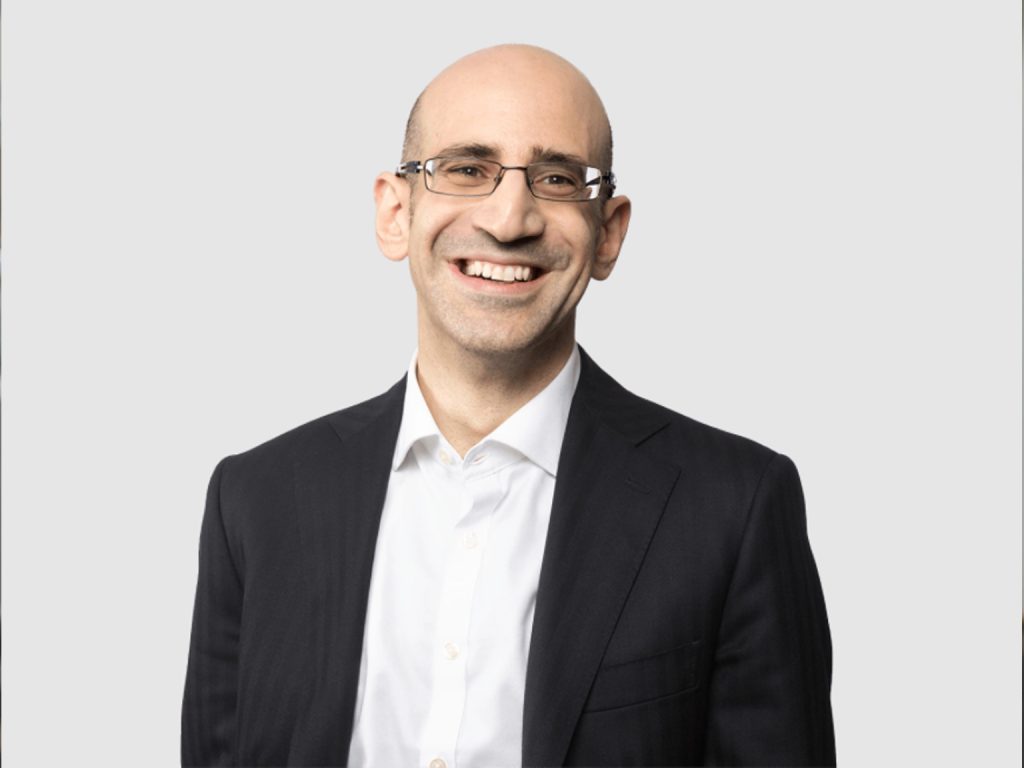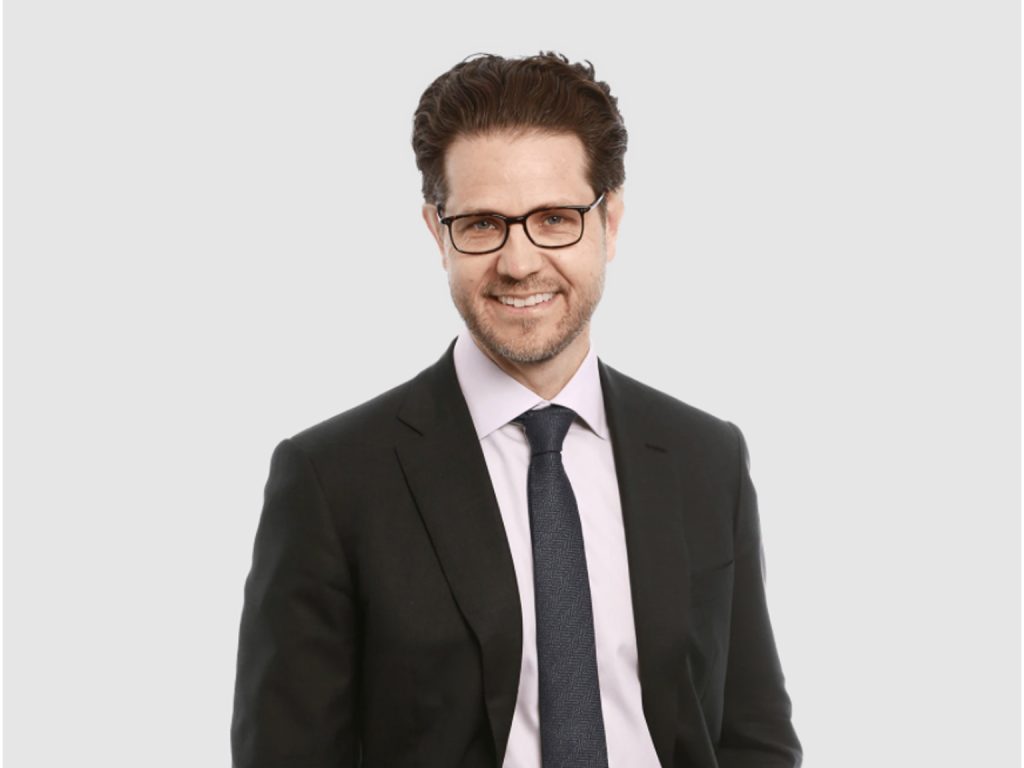Many companies have an executive to guide their strategies. The discipline’s professionalization, which began in earnest in the 1980s as it evolved from the chief executive’s domain into a core corporate function, prompted the creation of heads of strategy, strategic-planning directors, and, more recently, chief strategy officers (CSOs) who better than a professional strategist to help meet the big new uncertainties of the 21st century?
Yet today’s unpredictable environment is utterly incompatible with what, historically, has been one of the chief responsibilities of many strategists: leading the annual strategic-planning process. While nothing new, the weaknesses of traditional strategic planning—characterized by a lockstep march toward a series of deliverables and review meetings according to a rigid annual calendar—have been amplified by the importance of agility in a rapidly changing world.
Strategists have responded by increasing the scope and complexity of their roles beyond planning. In a recent survey of nearly 350 senior strategists representing 25 industries from all parts of the globe, we found an extraordinary diversity of responsibilities. But running the planning process still loomed large, ranking second in priority on that list, even if many respondents said they would prefer to spend significantly less time on this part of their role.
There’s a way out of this box for chief strategists and other senior leaders, particularly CEOs, CFOs, and board members, whose roles are deeply intertwined with the formulation of strategy. The starting point should be thinking differently about what it means to develop a great strategy: less time running the planning process and more time engaging broader groups inside and outside the company, going beyond templates and calendars, and mirroring the dynamism of the external environment.
But this isn’t enough. Achieving real impact today requires strategists to stretch beyond strategic planning to develop at least one of a few signature strengths. Several important facets of the strategist’s role emerged from our research, including reallocating corporate resources, building strategic capabilities at key places in the organization, identifying business-development opportunities, and generating proprietary insights on the basis of external forces at work and long-term market trends. A number of these roles are more appropriate for some strategists and organizations than for others. But the core notion of stretching and choosing is relevant for all.
Developing Signature Strengths
Four years ago, executives around the world told us their companies were creating, by their own admission, substandard strategies and many respondents blamed the ineffectiveness of the annual strategic-planning processes for the state of their companies’ strategies. Since then a wide range of global organizations and strategists, a growing recognition that traditional strategic-planning processes are insufficient to absorb the shocks and disruptions characterizing their markets and to stimulate the ongoing deliberation that a top-management team requires.
Increasingly, they recognize a need to rethink their approach to strategic planning and to embrace a more frequent strategic dialogue involving a focused group of senior executives. Effective organizations seem to be transforming strategy development into an ongoing process of ad hoc, topic-specific leadership conversations and budget-reallocation meetings conducted periodically throughout the year. Some organizations have even instituted a more broadly democratic process that pulls in company-wide participation through social-technology and game-based strategy development.
These experiences are consistent with my own findings. I’ve found that companies that consider themselves “very effective developers of strategy,” and that enjoy higher profitability than their competitors, for example, are twice as likely to review strategy on an ongoing basis (as opposed to say annually or every three to five years). They are, for instance, twice as likely to have a corporate-strategy process that goes beyond the aggregation of business-unit strategies.
One of my major observations about what it takes to innovate in the development and delivery of strategy: over and over, I’ve seen that the chief strategists best at driving more dynamic approaches have a professional credibility that extends well beyond a traditional process-facilitation role. At the same time, I’ve seen tremendous diversity in the characteristics of effective strategists.
The Architect
These strategists, 40 percent of the executives make the most of their talent for using fact-based analysis to spot industry shifts and to understand their own companies’ sources of competitive advantage as a foundation for clear, differentiated strategies. Organic growth is a core concern, and driving business performance to meet tough organic targets is a critical part of the architect’s role. By monitoring competitors, these strategists can challenge their own organizations to set ambitious targets and reach them. Architects also focus on driving mergers and acquisitions, divestitures, joint ventures, and other opportunities.
Since this cluster reflects the most traditional part of a strategist’s role, the architect is fairly common. The strategist of an oil-and-gas company recently led a root-and-branch strategic review of its largest business unit. As part of the effort, new analytical tools and capabilities to create insight into the true competitive advantage of that business. Strategist is now leading a program to identify potential joint ventures and to continue the pursuit of growth in difficult markets. Another strategist has redefined what it means to do strategy in the retail part of the business by creating an analytical and granular view of how each of its “cells” is performing against its plan and the performance of its market. Architects can directly push efforts like these, and they also can stimulate a more broad-based reevaluation of strategy by designing and orchestrating gaming and social spaces where it is developed more democratically.
The Mobilizer
An additional CSOs surveyed fall into a mobilizer role, developing the strategic muscle of their companies, building capabilities, and delivering special projects. Mobilizers play critical leadership roles in company-wide efforts to build what one CEO in an operationally intensive industry describes as a “higher organizational IQ on strategy.” Chief strategists in this model focus on ensuring that strategy meetings are truly strategic and that the people involved in those discussions are actually skilled at making them so.
A strategist at an aerospace company, for example, runs training programs on core skills, such as how to create a business plan, that key members of the organization need to craft clear, well-informed strategic proposals. Another strategist, in the resources sector, ran a large-scale strategy refresh with a multidisciplinary team from across the organization. The team, made up of representatives from the business analysis, marketing & sales, technology, exploration, and operations units, conducted analyses and strove to reach strategic conclusions.
In today’s fast-moving markets, strategy is set in the micro decisions made by people throughout the organization every day and not only by the strategy function, wherever it sits. Small wonder then that six out of ten chief strategists wish they could spend more time building capabilities. Mobilizers, on the leading edge of this thrust, are often found in industries whose business models depend heavily on talent.
The Visionary
A key strength of visionaries is trend forecasting, which at its simplest involves scanning the landscape for trends and shocks that may create opportunities or risks for the business. The best visionaries are using the advent of big data to create unique perspectives on where the next growth pocket will come from and, specifically, on what will be needed to serve it.
The goal is more than observation; it’s to spot opportunities for creating unique sources of value that can keep the strategy ahead of external trends and competitors. Technology and consumer-products strategists were most likely to be visionaries. But visionaries can also succeed in slower-moving industries. We’re acquainted with a chief strategist in the paper industry who recently embarked on a structured program of innovation workshops to identify new products, services, and business models, even in markets that look slower, on average. Well versed in key trends, visionaries are often well placed to run innovation processes.
The Surveyor
Surveyors are the strategists who define themselves by spotting potential disruptions and quickly advising their businesses on the impact and opportunity such shifts could produce. These are the people with their eyes on the furthest horizon. Like visionaries, they worry about trends, but their brand of trend spotting focuses on the long-range topics that have the greatest potential to change the way an industry operates and therefore require a response.
Given the influence of the state in such matters, surveyors often possess a deep knowledge both of government and of regulatory strategy. They proactively shape the public debate for their industries, informing, monitoring, and responding to opportunities and risks that arise from external stakeholders. The strategists we know in this cluster tend to work in traditionally regulated industries with long planning horizons, such as banking, telecommunications, and utilities, and may have titles that extend beyond strategy to reflect responsibilities for risk or external relations.
The Fund Manager
Fund managers, who accounted strategists for emphasizing reallocating resources and optimizing the corporate portfolio of their businesses. Focusing on performance, they are dynamic in their approach, thus encouraging their organizations to enter and exit businesses and to nurture and prune their existing portfolios. Fund managers tend to inhabit businesses with portfolios of brands, such as fast-moving consumer-goods companies; portfolios of businesses, such as large industrial conglomerates; or portfolios of capital-intensive assets and projects, such as telecommunications. Banking- and insurance-sector companies are also more likely than most to prefer strategists in the fund-manager cluster, reflecting the need to balance risk and return profiles across a portfolio.
Fund-manager strategists rely on robust analytics that underpin decisions to rebalance the portfolio. However, they also need to invest heavily in decision-making processes and in their personal ability to help leadership teams get beyond their natural bias to maintain the status quo. One new chief strategist—unlike her predecessor, who tended to act as a facilitator—is trying to develop her role into that of a fund manager as she faces a major disruption in her company’s core consumer-goods market. Her top priority now is to help the company’s executive committee make a series of unfamiliar and uncomfortable choices to reallocate resources away from traditional cash cows and into a disruptive technology that represents the future of the business.
Above and Beyond
Regardless of which profile best fits the needs of a company and its leadership team, three broader issues bear consideration for organizations and strategists seeking to raise their strategic game: career background, resource reallocation, and prioritization.
Why Career Background Matters
While nobody wants to be a prisoner of the past, the familiar is comforting, especially when starting a new and often very wide-ranging role. Many new strategists therefore gravitate to what they know already—a trap that requires an alert and honest self-assessment to avoid. Chief strategists who are former investment bankers, for example, are 2.5 times more likely to focus on business development than the average strategist. Former project leaders are two times more likely to prioritize the project-delivery facets of the chief strategist’s role.
Although a company driving a strategic M&A program may find it advantageous to choose a former investment banker as chief strategist, he or she must be careful to avoid overemphasizing familiar mind-sets and activities. The data from our survey suggest that basing priorities on prior experience doesn’t necessarily correlate with better strategic performance.
Resources, resources, resources
Whichever type of strategist you may be, or need to be, a shift in the way your company allocates its resources must accompany its strategy. Any kind of research shows that companies tend to allocate 90 percent or more of their resources to the same places year after year, regardless of changes in the environment or their strategies. Dynamic companies that reallocate resources more actively deliver better, less volatile annual returns to shareholders, on average, than their more dormant counterparts—particularly during economic downturns.
Whether or not chief strategists measure this, they intuitively know it. In particular, linking it to budgets and objectives is their top concern. The strategist for a minerals company astutely remarks that, along with building strategic capabilities, “the resource-real locator role is always critical, since it defines how to execute the strategy. Without it, you just have a good strategy paper.” By fighting inertia in resource allocation, strategists can go a long way toward making strategies stick.
Prioritize!
Implicit in effective resource allocation is prioritization—a critical need for strategists more broadly as the potential scope of their roles continues to widen. Chief strategists are up to four times more effective at the facets of the specific role they prioritize. To cut through a potentially vast scope of responsibilities, chief strategists, and those who hire them, need to make choices. What drives these choices will depend on the unique circumstances of the organization and, to some extent, the capabilities of individual strategists and their partners on senior-executive teams.
A chief strategist may be better placed to take on certain roles that have historically been part of the mandate of other executives, and as CSOs carve out their role, they will need to facilitate a reshuffling of responsibilities within the executive team. A strategist whose priority is to be a fund manager may wish to own the company’s resource-allocation map, which might currently be within the responsibilities of the CFO as part of the budgeting process.
Having explicit conversations about expectations and the division of roles and responsibilities across the executive team will improve its dynamics and make the organization as a whole more effective. The chief strategist’s role is partly about setting the mandate for a job that can mean many things in different organizations. These conversations should take place when a new strategist takes over and when the needs of the organization change and it makes sense to reassess priorities. A critical place to start is deciding whether the strategist will shape and run the process that generates the strategy or will instead take responsibility for crafting the strategy itself on behalf of the senior team.
A related issue for the CEO, board, and other executives concerned with the quality of the company’s strategic direction is who owns the organization’s resource-reallocation and strategic capability-building efforts. If a hard look in the mirror reveals that these roles aren’t owned elsewhere or aren’t managed effectively, that too can influence the priorities of strategists, including tough questions about whether or not their strengths will lead them to emerge as strong fund managers or mobilizers.
The complexity of today’s strategic landscape places a premium on good strategy. And just as crafting strategy requires tough choices, so does shaping the role of the strategist. The good news, according to our research, is that strategists have a range of powerful options for adding value to their organizations, and nearly 90 percent of the strategists responding to our survey thought they were effective at the elements of the role they prioritized. The bad news is that over time it’s easy for mismatches to develop between those areas of focus and a company’s strategic needs. By identifying those mismatches and reprioritizing accordingly, strategists, chief executives, and other members of the top team can boost the quality of their strategic insights and actions.
About The Author(s)
Michael Birshan
Senior Partner at McKinsey & Company

Emma Gibbs
Partner at McKinsey & Company

Kurt Strovink
Senior Partner at McKinsey & Company

Special Thanks To:
Mohammad Zakir Hossain
Chief Financial Officer (CFO)
Innovative Knitex Ltd.

Work Cited
Birshan, Michael, et al. “Rethinking the Role of the Strategist.” McKinsey & Company, McKinsey & Company, 17 Aug. 2021, https://www.mckinsey.com/business-functions/strategy-and-corporate-finance/our-insights/rethinking-the-role-of-the-strategist.
















